Pollination Process -
Food and Plant Fertilization
|
It all starts with pollen, or male gametes, found on the stamen of the flower. This pollen powder has a strong protective outer coating so it can be carried long distances to the female gametes of the flower, called a pistil.
|
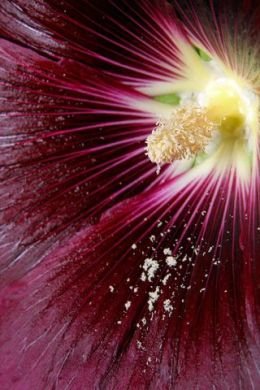
|
Breezes and winds carry about 20% of pollen. This method of transfer is called anemophilous, which translates to mean 'wind-loving'. The other 80% of pollen transfer relies on the process entomophilous, which means 'insect-loving'. Butterflies are known to be second to bees for pollinating.
|
|
Flowers attract butterflies, other insects and animals because of their bright colors and strong scents. Insects seeking nectar get a great deal of pollen on them which they then carry from flower to flower while feeding.
|
|
Herbivores and omnivores feeding on flowers and plants carry pollen when they brush on the flower. This includes humans. Transfer is usually accidental, but can be intentional through various methods of propagation. |
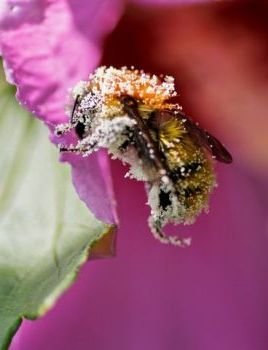
|
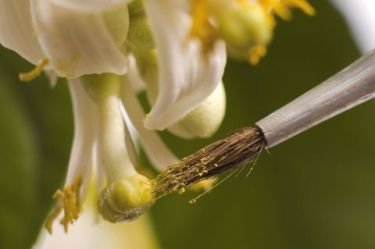
|
Water also transfers pollen. It could be trough rain, watering with a garden hose, puddles or more extensive pools of water. |
|
|
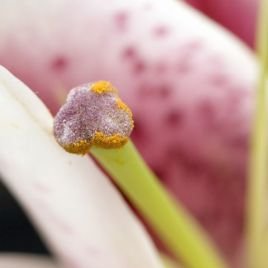
|
If the pollen lands on a flowering plant where both sex cells are compatible, fertilization can occur. A pollen tube is produced leading to the ovules. The sperm transfers down the Style to a receptive ovary.
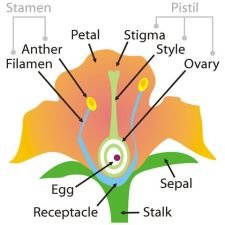
Germination begins. This is the stage where new life begins from a seed, including weeds and the germination of weed seeds.
FYI:
Back from Pollination Process to Food Web
Back from Pollination to Easy Butterfly Garden.com
 Copyright © 2010-2022 Easy-Butterfly-Garden.com
Copyright © 2010-2022 Easy-Butterfly-Garden.com
Privacy Policy Disclaimer

Join Easy Butterfly Garden on Facebook
Recent Articles
-
Annual Bluegrass
Jan 14, 17 08:14 PM
Annual bluegrass (Poa annua) is considered a weed in the Poa family, which has a few popular turf grasses. If this gets into your butterfly garden listed are a few ways to eradicate it.
-
Candytuft Flowers
Sep 25, 16 10:54 PM
There are the annual, or Iberis, candytuft flowers and also perennials which are called Iberis sempervirens.
-
Keeping Deer Out
Sep 19, 16 01:10 PM
Reviewing the types of products available for keeping deer out of our gardens along with building fences. Many of these products help with other garden pests.
-
Butterfly Meadows
Sep 19, 16 12:52 PM
Compared to other wildlife gardening, butterfly meadows take time and are not for the faint of heart.
-
Natural Gardening
Sep 19, 16 12:32 PM
Natural gardening includes different types of gardens. These garden types create a casual, natural envirionment and help sustain native wildlife which includes butterflies.


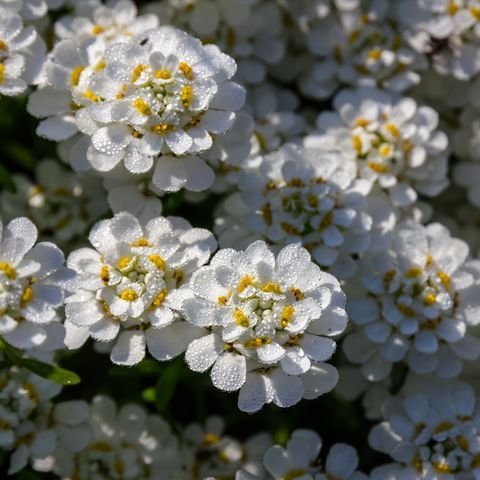

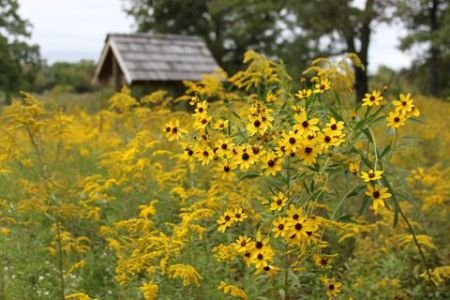

New! Comments
Have your say about what you just read! Leave me a comment in the box below.